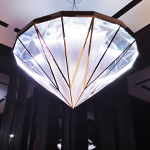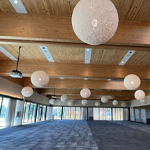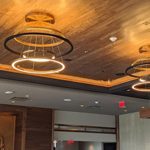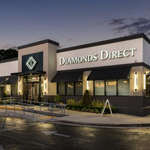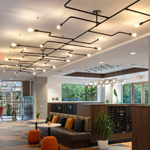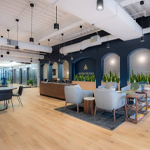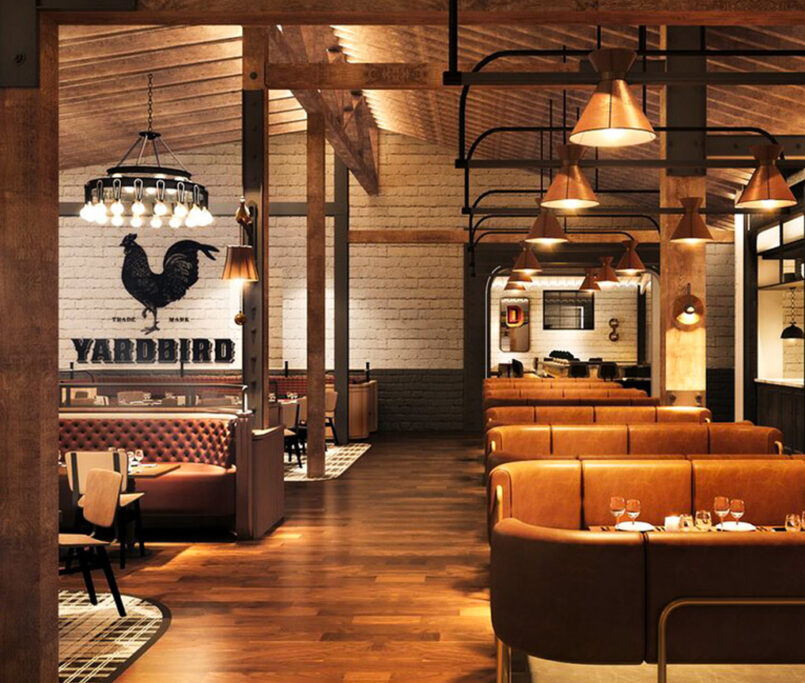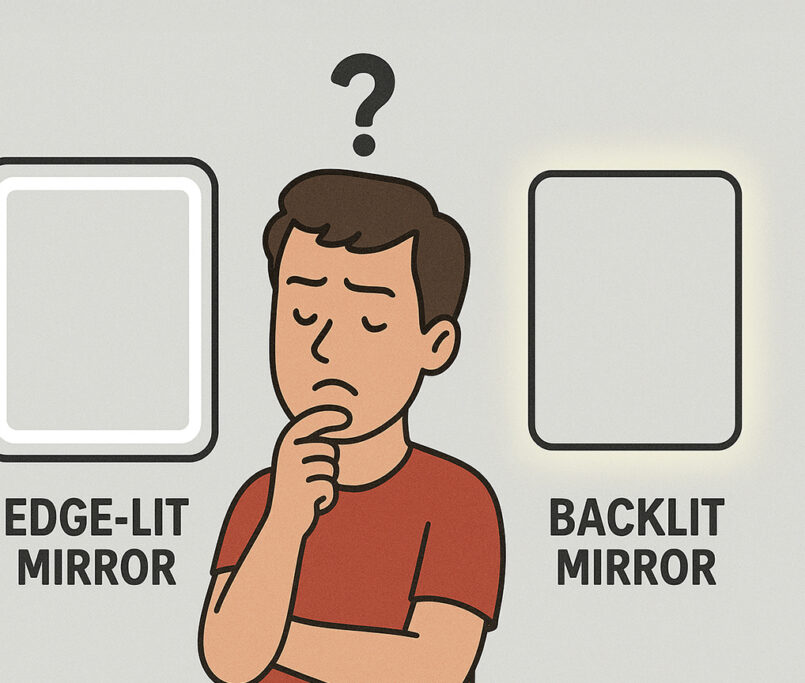Pros and cons of value engineering in the retail industry
The rise of e-commerce has been a challenge for brick-and-mortar retailers, and many face strained budgets. As a result, retailers are turning to the practice of value engineering, which involves analyzing the value of each of the elements within a retail space—ranging from the type of flooring to the lighting—to see whether the elements provide enough functionality to make the cost worth it.
While value engineering is a smart practice to optimize budgets, retailers should understand that there are pros and cons. Being aware of the downsides can help them avoid these pitfalls and ensure that their spaces look great and provide quality functionality without breaking the bank. Value engineering includes the following pros and cons for retailers:
Pro: Increased Cost Savings
By analyzing whether elements provide enough benefit to justify the cost, then retailers can eliminate unnecessary expenses. For example, if a store needs to put in new flooring, it might find that laminate wood looks just as nice as hardwood, while having a much lower price and easier maintenance.
Con: Overlooked Expenses
On the other hand, value engineering can cause stores to overlook certain expenses. An incandescent light bulb might provide the same luminosity as an LED bulb for less cost, which would indicate that the incandescent is a better value. However, it’s important to consider the larger picture of costs, such as the maintenance fees for replacing hard-to-access bulbs, as incandescents might only last a year, while LEDs can last over a decade.
Pro: Enhanced Functionality
Since value engineering is all about maximizing the right ratio between functionality and cost, that means that sometimes instead of focusing on minimizing cost, retailers can choose elements that have such high functionality that it justifies the cost, and thus provides great value. For example, multi-purpose furniture like adjustable desks that can be used in an office or to display merchandise provide a lot of functionality and perhaps more value than other desks.
Con: Risk of Diminished Customer and Employee Experience
While some elements may not seem to provide much value on the surface, it’s important to consider how all elements affect customer and employee experience. If a brand opens a new store that uses the lowest-cost materials without regard for where they were sourced from, then that could push away customers and employees who prefer retailers that use and promote sustainable materials.
Pro: An Eye for Optimization
Value engineering optimizes the design and buildout of retail environments, so by getting into that mindset, retailers can look to optimize other areas of the company, ranging from how they staff their business to how they spend budget on advertising campaigns.
The pros tend to outweigh the cons for using value engineering in the retail industry, and by recognizing the downsides and working with trusted partners like Ideoli, retailers get even more value out of value engineering.


